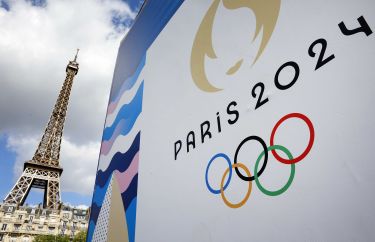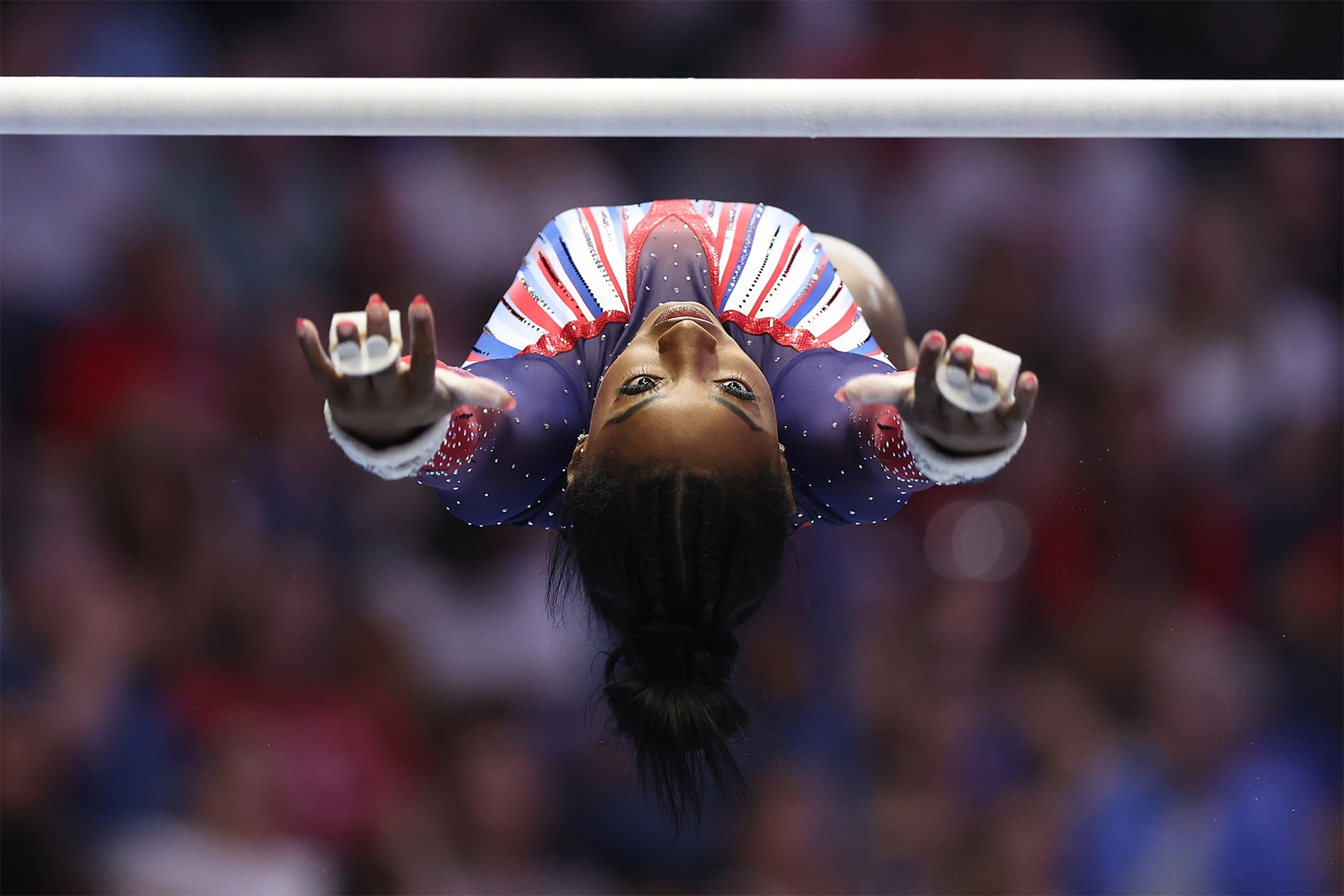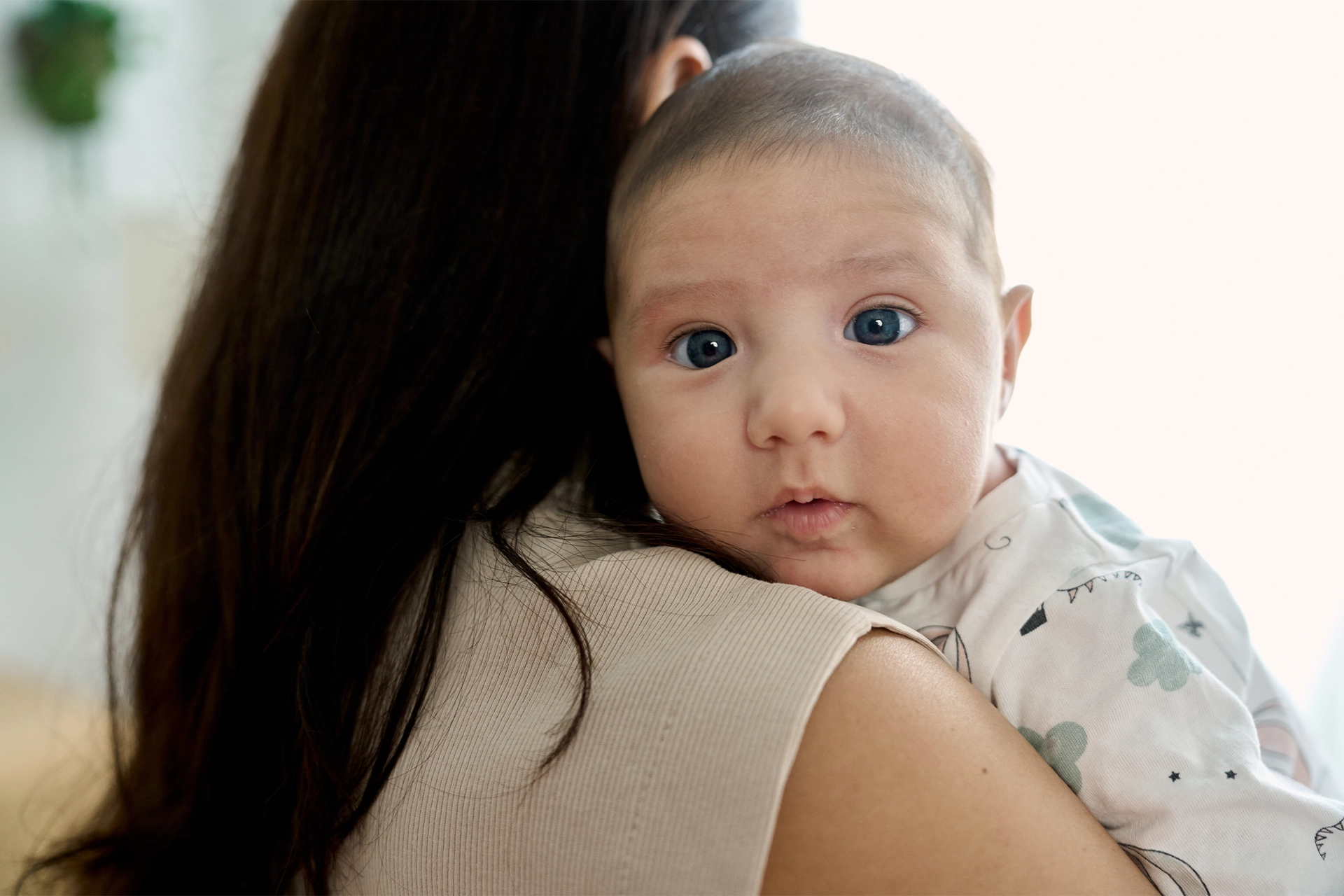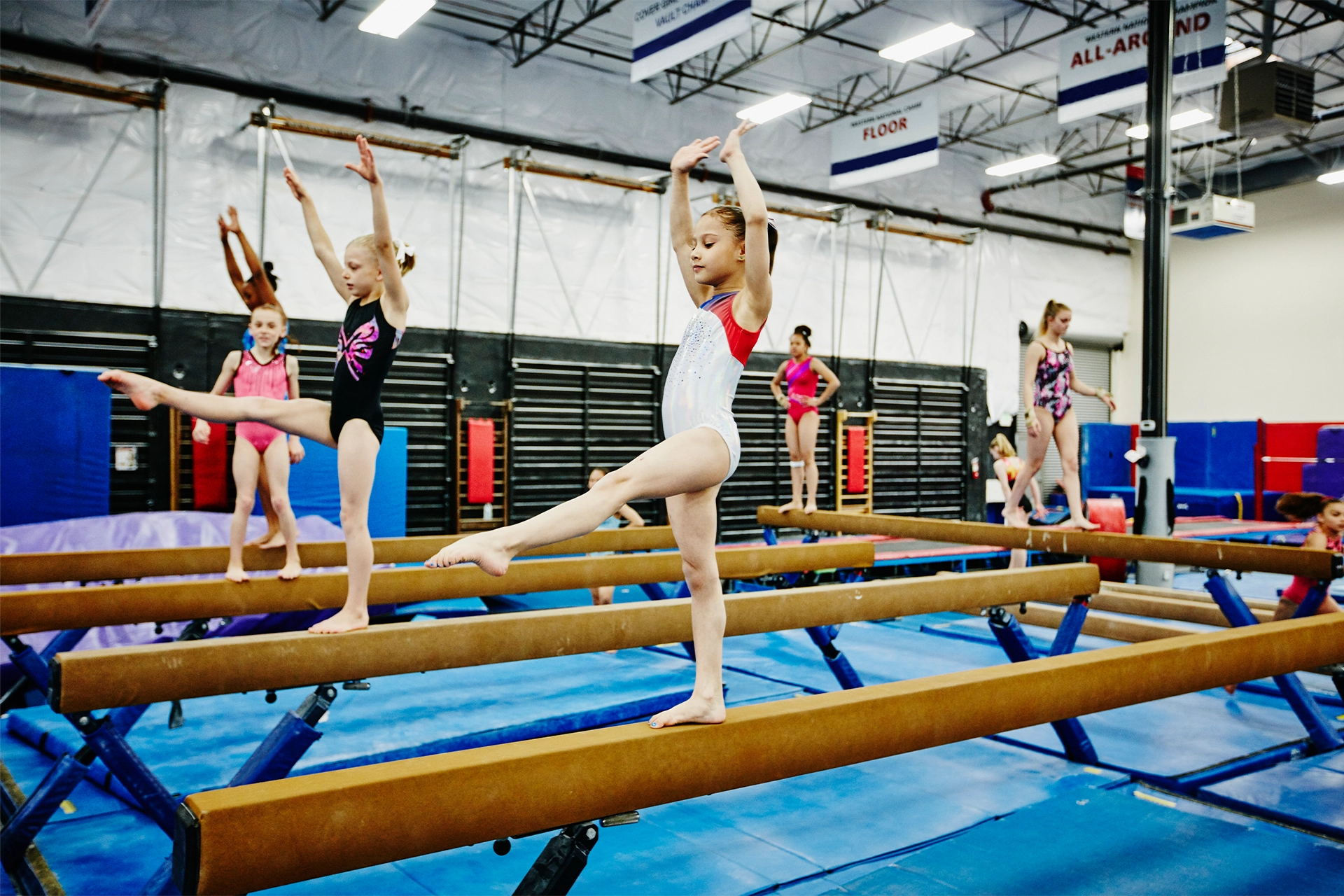
Politics & Society
Is this summer a moment of truth for France?

Elite athletes like Simone Biles and Greg Louganis spend years training their bodies, brains and vision to give peak Olympic performances
Published 18 July 2024
Olympic gymnasts and divers seemingly defy the laws of physics with their flips, twists and perfect landings.
While we marvel at the physiques of athletes like America’s Simone Biles and Greg Louganis – these physical abilities are at the core of their excellence – the role of their visual processing skills is also significant.
Elite gymnasts and divers rely on a seamless integration of vision and movement which means they can judge distances, angles and their body position with incredible accuracy.
It's not just about how clearly they can see, but how well their brains interpret and respond to a multitude of real-time visual information cues while they are spinning through the air.
These core visual skills include:
Eye-Hand-Foot-Body Coordination: Integrating visual and motor skills seamlessly is vital for timing and body control.
Binocularity and Depth Perception: Two working eyes that are well balanced and work together with perfect efficiency for optimal binocular vision and stereopsis (3-D vision) are essential for making precise landings and movements in the air.
Visualisation and Visual Memory: These visual processing skills help gymnasts remember routines and key details about their performance. Mentally visualising a routine and the sequence of steps before a performance can enhance the execution of a specific jump, flip or rotation.

Politics & Society
Is this summer a moment of truth for France?
Like all of us, elite athletes have an innate vision stabilisation system that helps them maintain focus, but unlike most of us, they can suppress this system to improve their performance.
We humans have a primitive reflex known as the Vestibular Ocular Reflex (VOR) that acts like the image stabilisation in a camera lens to help us maintain clear vision as we move.
The VOR responds to changes in position by automatically – or reflexively – shifting the eyes in the opposite direction to the head's movement to keep the image on the retina stable and clear.
Move your head from side to side while reading this and you will get the picture – quite literally.
This reflex works from infancy, helping babies focus as they are moved around with no control over their movement or position.

In sports that involve large, fast movement in multiple directions, the VOR keeps an athlete’s vision steady, maintaining a clear image of the object on which they are focusing on the retina – whether that’s a horizontal bar or the oncoming water.
However, VOR doesn’t help so much with extreme movement that requires fast changes of focus. For example, during a somersault dive, an athlete may have microseconds to adjust their position when the water comes into view, so they need to be able to re-focus their vision on the water as quickly as possible.
Because VOR shifts your eyes in the opposite direction to movement it can delay this re-focusing.
A US study from 2022 involving gymnasts of varying skill levels found that experienced gymnasts could suppress their reflexive VOR to maintain a stable gaze and quickly re-focus when needed, something novice gymnasts couldn’t do.
This shows that these athletes are using high-order cognitive processing to control and suppress their natural reflexes. So, it follows that with the right training, athletes like gymnasts and divers can get better at manipulating their gaze stabilisation mechanisms for more precise eye movements.

Health & Medicine
“Come on, let’s go!” Helping kids find joy in physical activity
More broadly, well-developed visual skills are crucial in gymnastics and diving, and targeted training can significantly enhance these abilities. A 2009 South African study with aspiring Olympic rhythmic gymnasts showed that a sports-specific visual skills program improved both visual skills and performance.
Gymnastics training is associated with enhanced cognitive abilities, including attention and visual memory. World-class gymnasts exhibit structural changes in their brains that translate to exceptional visual and motor skills.
This heightened mental focus helps them filter out distractions and maintain sharp vision during complex routines.
A recent study investigating cognitive functioning in young gymnasts showed the attention, memory processes and bioelectrical brain activity in the central brain region were significantly greater in children who practiced gymnastics than children who were non-athletes, but still took part in regular physical activity.

An example of this level of cognitive development can be seen in Olympian Simone Biles, who has been hailed as the greatest gymnast of all time. Her performance demonstrates incredible visual processing skills that give her the ability to execute complex routines with precision.
Similarly, quadruple Olympic gold medallist Greg Louganis, considered one of the greatest divers in history, demonstrated outstanding visual and motor skills throughout his career.
Louganis' ability to adapt his movements to achieve consistent performance, in a variety of conditions, highlights the critical role of visual processing in diving and his ability to respond quickly to any changes in timing as a dive is executed.
Divers will often pull up short on a dive (baulk) if the preparation feels wrong to them, because they are worried their dive will be affected.
However, an interesting piece of research from Queensland found that completed and baulked take-offs in diving are usually not different enough to warrant abandoning a planned dive.
This is because elite athletes like Louganis can use rapid visual processing and eye-hand-foot-body coordination to adapt their movement patterns despite variable dive take-off conditions.

Louganis’ precise timing, depth perception, adaptability and reaction time during his career enabled him to execute dives with unparalleled grace and accuracy.
And Biles’ exceptional mental focus and cognitive development allows her to visualise and perform routines flawlessly, even under immense pressure.
But they can still make mistakes. Biles has been known to get the ‘twisties’ – getting muddled during a routine – and Louganis famously hit his head on the springboard at the 1988 Olympic Games, before going on to win gold.
The ‘twisties’ can be described as a kind of mental block where a gymnast develops a disconnect between the brain and body during a twisting movement. This can cause a loss of control over their movement and a loss of awareness of where the body is in space.
For Biles, her ‘twisties’ experience in the Tokyo 2020 Olympic games demonstrated the significant physical and mental impact on an athlete, making it difficult to perform previously mastered skills.
Overcoming the twisties varies for each individual, with no set timeframe for recovery.
Coping techniques may include using cue words to shift focus, visualising the skill for confidence-building, gradually progressing from easier to more challenging skills, and seeking support from mental healthcare providers or sports psychologists to manage anxiety and stress.
A similar but more transient mental block may also explain why Louganis hit his head during a dive in 1988. Losing one’s proprioceptive skills (the ability to know where one is in space) relative to the springboard could well have been the reason for his famous mishap.
The phenomenal achievements of Olympic gymnasts and divers are evidence of the extraordinary visual processing skills they can develop and perfect through rigorous training.
Their ability to see, interpret and react to visual information in real-time is what makes the performances of elite athletes like Simone Biles and Greg Louganis so fascinating and keeps us glued to our screens during the Olympics.
Coaches will continue to enhance their visual training techniques to complement an athlete's training so that we mere mortals can witness a continuous raising of the bar – or diving board – in competitive sport.